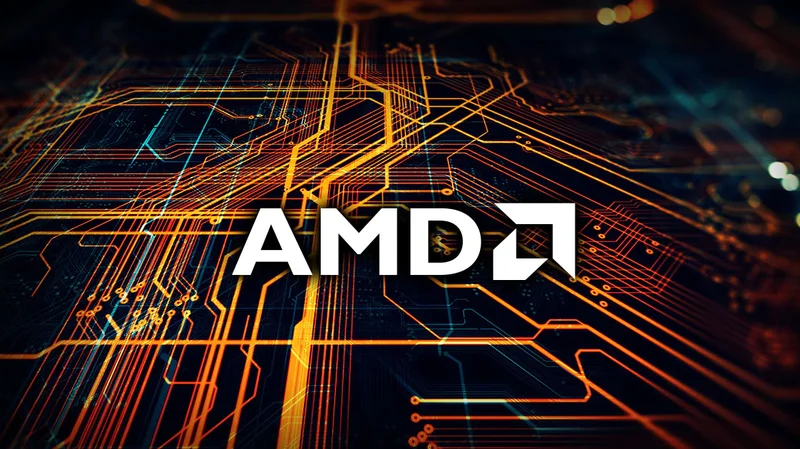[Generated Title]: AMD's AI Moonshot: Can Lisa Su Really Eclipse Broadcom by 2030?
The markets are buzzing about AMD's potential, and the prediction that it will be worth more than Broadcom (AVGO) by 2030 is certainly a bold one. Shares of Advanced Micro Devices (AMD) have already surged by 114% in 2025, but can this trajectory continue? Let's dissect the numbers and the narrative to see if AMD's AI moonshot has a realistic chance of success.
The Ascent of AMD: A Data-Driven View
The bullish case for AMD rests on a few key pillars: its growing market share in CPUs/GPUs, its potential in embedded processors (particularly for autonomous vehicles), and its recent inroads into the AI chip market. The deal with OpenAI to deploy six gigawatts of AMD data center chips by 2030 is a significant win. But context is crucial. Six gigawatts sounds impressive, but without knowing the specific chip models, power consumption, and deployment timeline, it's hard to gauge the true revenue impact. (Details on the financial terms of the deal remain scarce.)
AMD's CEO, Lisa Su, has undeniably been a driving force behind the company's resurgence. Since she took the helm, AMD shares have risen at an annual rate of over 48%. That's an impressive figure, but projecting that growth rate linearly for another five years is a dangerous game. Markets change, competition intensifies, and technological advancements can disrupt even the most successful companies.
One thing to consider is that while AMD is gaining traction, Nvidia (NVDA) remains the dominant player in the AI chip market. AMD's GPUs are generally priced lower than Nvidia's, which could attract cost-conscious customers. However, Nvidia's CUDA platform has a significant advantage in terms of software ecosystem and developer support. Overcoming that moat will be a key challenge for AMD.
The AI Hype and Market Realities
The current market enthusiasm for AI stocks is palpable. Palantir (PLTR), despite a recent pullback, exemplifies this trend. There are those who are starting to question whether the AI-fueled rally has outpaced fundamentals. Michael Burry's bearish bets against Palantir and Nvidia suggest that some investors believe an AI bubble is forming.
AMD's recent earnings guidance, while beating estimates, apparently underwhelmed some investors, causing a slight dip in after-hours trading. This highlights a critical point: expectations are incredibly high. AMD needs to not only deliver strong results but also exceed increasingly optimistic forecasts to maintain its momentum. Stock market today: Dow, S&P 500, Nasdaq futures sink after tech sell-off, AMD slides after earnings

Consider the competitive landscape. Intel (INTC) is also making a push into the GPU market, and numerous smaller players are vying for a piece of the AI pie. The market is far from a two-horse race, and the dynamics could shift rapidly.
Another factor to consider is Broadcom's (AVGO) own trajectory. The prediction hinges not only on AMD's growth but also on Broadcom's relative stagnation. But Broadcom isn't standing still. It's a well-diversified company with a strong presence in various technology sectors, and it's entirely possible that it will continue to grow at a healthy pace.
I've looked at dozens of these market predictions, and I often find the underlying assumptions to be overly simplistic. Projecting past performance into the future without accounting for changing market conditions and competitive pressures is a recipe for disappointment.
So, Is This Prediction Realistic?
AMD has a lot going for it: a strong CEO, a growing market share, and a foothold in the AI chip market. However, the challenges are significant. Nvidia's dominance, increasing competition, and the potential for an AI bubble are all factors that could derail AMD's ascent.
To surpass Broadcom by 2030, AMD would need to not only maintain its current growth rate but also significantly outpace Broadcom's performance. That's a tall order, and it requires a degree of execution and market luck that's hard to predict. It's not impossible, but the odds are certainly stacked against it.
A Dose of Skepticism
While AMD has indeed made impressive strides under Lisa Su's leadership, the prediction that it will eclipse Broadcom by 2030 relies on a rather optimistic projection of current trends. The AI market is dynamic, and projecting exponential growth five years into the future is more speculation than sound financial analysis.
